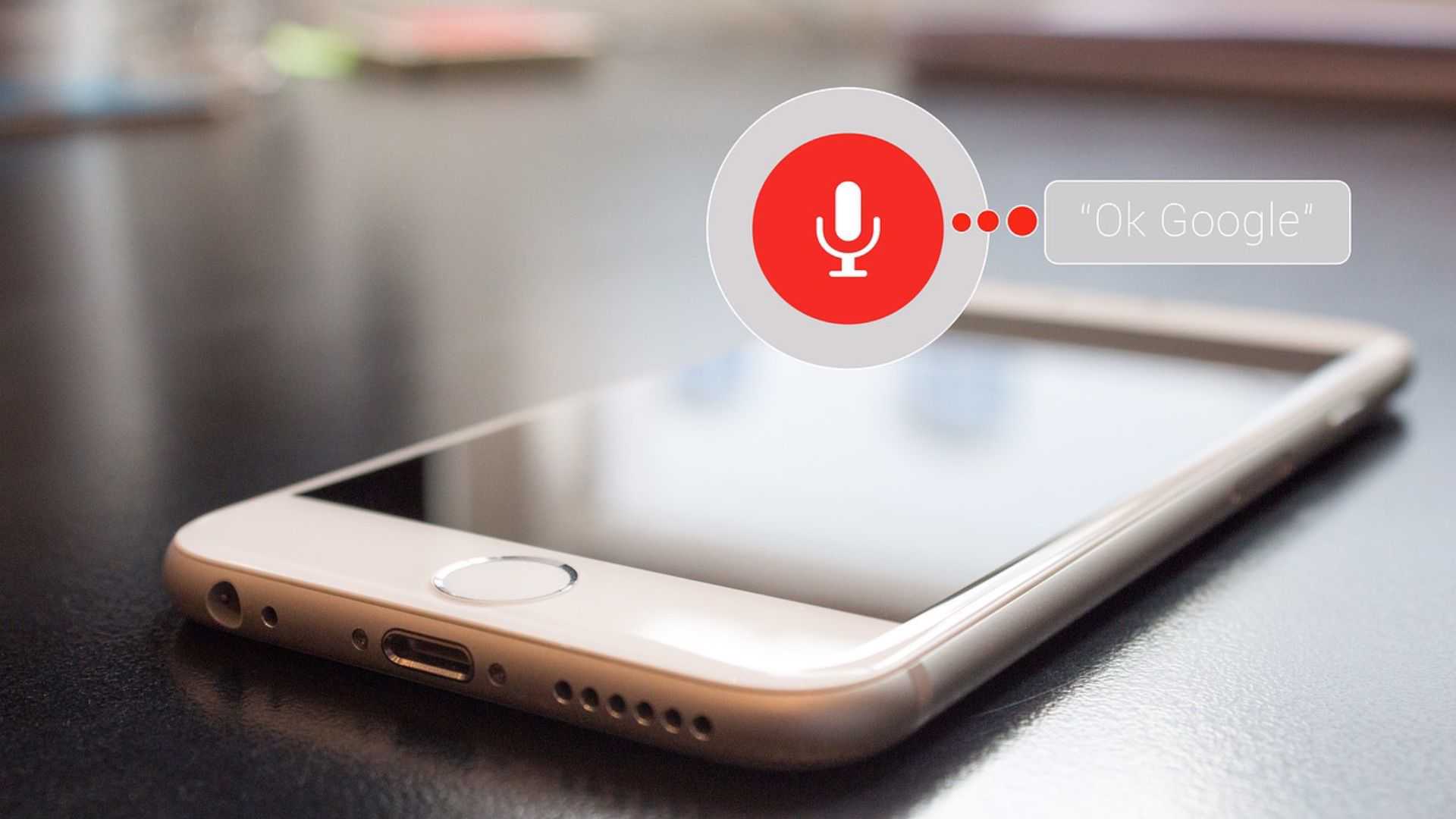As we go towards a more digitally connected society, voice assistants are supposedly becoming indispensable in our daily lives. Voice assistants, from playing music to setting reminders, are reportedly gradually replacing our personal assistants. PwC reported that 93% of consumers are happy with their voice assistants. The advertising industry is gradually changing to capitalise on the increasing integration of voice-activated technology into our daily lives. Voice commands are transforming not only how we connect with technology, but also how brands interact with their customers. This is evident in the case of voice assistants and smart speakers.
Voice-activated ads was once a revolutionary concept, but it appears to be becoming the digital marketing industry’s powerhouse by giving people individualised, hands-free experiences. Voice-activated ads aren’t the only way for businesses to spread these days thanks to the always changing digital platforms, so what makes voice-activated advertising unique?
To put it simply, voice-activated ads work by using voice recognition technology to let people engage with them by speaking commands. Voice-activated gadgets and digital assistants, such smart speakers and voice-activated applications, are equipped with these advertisements. In this case, the system understands the user’s purpose when they provide a voice command pertaining to a good or service, and in response, it shows a tailored advertisement.
When a user asks their speaker for advice on what face serum to buy, for example, the speaker will play an advertisement. At the conclusion of the advertisement, the speaker may hear a voice command that it recognises and reacts to in a way that the brand desires. By offering a smooth, interactive advertising experience based on voice inputs, this technology raises user engagement.
Voice-activated advertisements’ convenience is being tapped into by a number of businesses, setting the bar for their wider acceptance. According to Siva Balakrishnan, CEO and founder of Vserve, “using voice commands to render choices more convenient and tailored is a leading practice in the online and retail sectors,” as reported by BrandWagon Online. Additionally, he emphasised that e-commerce and online retail are leading the way. He went on, “The media and entertainment industries are other sectors that follow the suit.” While the healthcare business is investigating speech technologies for medication reminders and patient involvement, the automobile industry is integrating these advertisements into smart car systems, providing hands-free interactions for drivers. It appears that these sectors are leading the way in the use of voice advertisements, paving the way for a wider acceptance in a variety of businesses.
“The financial sectors like banking and insurance are also utilising voice ads to offer promotions and facilitate hands-free searches of banking services like checking account balances, credit card applications, making payments, etc. Even the hospitality sector is heavily relying on voice ads to offer services like room upgrades, spa bookings, dining reservations, etc,” said Delphin Varghese, co-founder and chief revenue officer of AdCounty Media.
What makes voice adsmore popular?
According to Statista, global ad spending in the audio advertising market is expected to reach $40.38 billion by 2024. It’s reasonable to argue that the popularity of voice-activated assistants, like Apple’s Siri, Google Assistant, and Amazon Alexa, is what’s caused the increase in voice-activated ads. “The growing popularity of voice-activated assistants and smart speakers is the primary reason for the increase in speech-activated ads,” Balakrishnan said.
He went on to say that today’s fast-paced, convenience-driven consumers find it appealing to interact with technology in a customised, hands-free manner.
Voice-activated ads do, however, provide a unique set of difficulties, just like anything else. Due to customers’ continued concerns about the collection and use of their speech data, privacy and security remain significant obstacles. Customers are growing more wary of how their voice data is being gathered, saved, and used for marketing purposes, therefore there may be a reluctance to interact with voice adverts, according to Varghese.
Furthermore, he noted that because voice-based initiatives are still in their infancy, there are no hard analytics or monetisation techniques to gauge their effectiveness. The absence of a strong monetisation strategy is deterring many advertisers from making this investment.
“The conversational nature of voice ads often results in higher engagement and recall ratings,” Balakrishnan continued. Users can actively participate in speech commercials thanks to their interactive element, which enhances the overall memorable experience. Research suggests that voice advertisements may result in greater remember rates than audio, video, or display advertisements. According to Varghese, “voice ads create a more intimate interaction with consumers, which enhances recall.” He continued, “Voice ads require active participation, in contrast to passive formats like display or video ads, leading to a more memorable and engaging user experience.”
The outlook for the future
According to what is known, voice-activated advertisements have a promising return on investment, especially in industries where consumer behavior is influenced by convenience and immediacy.
According to Balakrishan, “voice ads often result in higher conversion rates due to their interactive and personalised nature.” Voice advertisements are anticipated to grow in importance as a tool for marketers looking for higher returns as technology develops.
The absence of standardized measurement instruments is a problem, though. Varghese quoted, “Although voice ads outperform traditional ad formats like video and display, which have clearly defined metrics like clicks, view, impressions, etc., this makes it difficult to assess their effectiveness.” This emphasizes the requirement for industry-wide standards in order to properly assess the effectiveness of voice-activated advertising.




